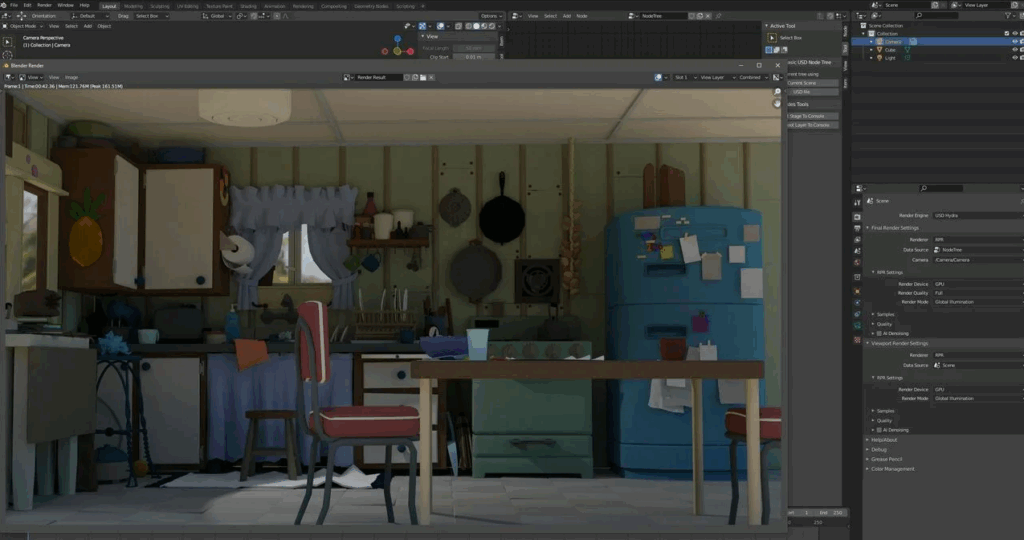Blender for animation studios has become an industry standard for creating stunning motion graphics. This powerful open-source tool offers everything needed for 3D animation for cinematic movies, from modeling to final render. Professionals appreciate its flexible workflow and constantly evolving feature set. Many indie studios now rely on it as their primary animation software. Let’s explore how to maximize its potential.
The first step in Blender 3D animation for cinematic effects is understanding the interface and key shortcuts. Customizing your workspace can dramatically improve efficiency during long production cycles. The graph editor becomes your best friend when polishing character movements. Don’t overlook the importance of setting up proper scene scale from the beginning. These fundamentals separate amateurs from professionals.
When approaching 3D character design for animation studios, Blender’s sculpting tools offer incredible flexibility. The Multiresolution modifier allows for high-detail work while maintaining performance. Retopology becomes crucial when preparing models for animation. Always consider how your design will move and deform during the animation process. Good topology is the foundation of believable motion.
For high-quality 3D rendering for film studios, Blender’s Cycles and Eevee engines provide different advantages. Cycles offers photorealistic results with proper lighting setups, while Eevee enables real-time previews. The key lies in mastering material nodes and light bounces. Render layers and compositing can elevate your final output significantly. These techniques help achieve cinematic quality 3D rendering.
The animation process itself requires understanding of principles like anticipation and follow-through. Blender’s nonlinear animation system helps manage complex scenes. Using reference videos can improve the realism of your movements. Don’t forget the power of subtle secondary animations. These details make the difference in how to animate realistic 3D characters for film.
Post-production is where the Blender VFX workflow for film production shines. The compositor allows for advanced color grading and effects. Camera tracking tools integrate CG elements seamlessly into live footage. Particle systems can create everything from magical sparks to environmental dust. These features complete the professional pipeline for those looking to create animated feature films.
Continuous learning is essential in this evolving field. Follow industry leaders and analyze professional work. Experiment with new tools and techniques regularly. Join online communities to share knowledge and get feedback. With dedication, Blender can help you produce studio-quality animation.

